I’m squatting down in the middle of a Fife woodland, sniffing a curious-looking ‘witch’s hat’ mushroom.
It’s also known as a ‘slimy conical cap’, or ‘blackening waxcap’, as it blackens, or bruises, with age.
Is it edible, I wonder? Would taking a bite land me in hospital? I decide the best course of action is to leave the thing well alone. The witches can keep it.
I’m on a mushroom foraging walk with fungi expert Tony Wilson in Bishop’s Wood near Strathkinness on a chilly Monday evening.
There are about 20 of us in the group, all eager to find out more about the weird and wonderful species that lurk here.
It’s mid October, so prime time for fungi finding, although Tony says anyone who’s expecting to fill a hamper will be disappointed.
“It depends on the weather,” he explains. “If you get a nice warm summer with the right amount of water, you’ll get a very nice crop. But there’s not a lot here.”
Fungi focus
The focus tonight, Tony tells us, will be not only on desirable fungi, but “the stuff that might kill you”.
“It’s always good to know what species are poisonous,” he adds, with a wink.
As we set off on our walk, a young lad spots a dull-looking brown mushroom and grabs his phone, firing up some sort of identification app.
Tony shakes his head. “Apps don’t work for fungi – avoid them!” he growls. That’s him told.
Habitats
As well as being able to correctly identify fungi, we need to be able to orient ourselves with habitats that species inhabit.
That includes recognising trees and knowing which species offer environments in which fungi can thrive.
“Recognise this?” Tony asks, pointing at a giant beech. Most folk nod, but a few people look blank.
Underneath is a grimy-looking mushroom that Tony tells us is a ‘blackening russula’, an inedible type of brittle gill.
Some brittle gills are edible but I’m not sure I’d want to take the chance – especially as there’s one ominously named the ‘Beechwood sickener’.
Chanterelles
Moving deeper into the woods, Tony reveals that the area used to be a hot-spot for tasty chanterelles. However, over the decades, as word spread, they were subject to over-picking and are now scarce.
So imagine our joy when a woman in the group finds not one chanterelle but an entire cluster!
Everyone whoops with delight and we pass a few round for a sniff. “Make sure you get them back to me!” she laughs. “I’ll cook up a feast with them later!”
We also find milk caps, parasitic bracket fungi, ‘artist’s fungi’, and birch polypore, also known as ‘razorstrop fungus’ as its rubbery, leather-like surface was once used to sharpen knives and razors.
Taste test
Tony’s keen to do a taste test on a milk cap. He gives it a sniff, then checks if it ‘milks’.
“If you break off the flesh of the cap, it should exude a milky colour, in this case, white,” he says.
“It might smell a bit coconuty, or like coriander. Take a small bit and give it a chew.
“Coat your tongue then spit it out. It might have some heat in it, like a curry, or be bitter. In extreme cases, it might explode on your tongue! Only try this if you’re certain it’s a milk cap!”
There’s also and coral spot – a fungal disease. It usually takes the shape of either orange or coral-pink raised pustules after it kills off a branch.
‘Don’t lick your fingers’
And, of course, we meet a few bad boys, including brown roll-rim. “If you ate that it wouldn’t kill you but you’d have a few gastric issues,” warns Tony.
“Don’t lick your fingers.”
There’s also a range of ‘deceivers’, which Tony says “look different” every time you see them, plus what he describes as “little brown jobs”.
The deadly ones
What about the ones that really will kill you, someone asks? Tony grimaces.
“If I made a stew out of death caps, it’d probably kill every one of you,” he laments.
Another exciting find is an iconic fly agaric – the striking red fairytale toadstool with white spots.
“Fly agaric is poisonous and vastly hallucinogenic,” says Tony. ”It’s so-called because was used as a fly killer.
“You’d crumble it into milk, flies would drink it, and be stupefied or die.”
He also warns us about destroying angels. The clue is in the name!
So, how can you be sure you won’t end up ill, or, worst case scenario, dead, when you’re out foraging mushrooms?
Tony recommends getting hold of a good field guide, signing up for a few courses (like this one), getting training from experts, and learning the basic edible and poisonous species – BEFORE you risk eating anything.
Use all your senses
“You use all your senses to identify fungi,” he beams. “But oh, I do love sniffing mushrooms!”
He’s also big on foraging responsibly and sustainably.
“Don’t be greedy – the rule of thumb is to only forage for yourself,” he says. “Only ever take at most half of what you find.”
Tony also explains that picking mushrooms doesn’t really damage them.
They’re ‘fruiting bodies’ and we only see some of what’s growing above ground.
However, there’s an underground network known as the ‘wood wide web’ where many, many more grow.
As darkness falls, and our walk comes to an end, I ask myself what I’ve learned.
Mushrooms are magic, delicious, and potentially deadly, but they’re also instrumental in carbon capture and vital for our ecosystems.
But the main thing to take away is this – only eat things that you can be 100% sure about.
- The mushroom foraging walk was organised by Transition University of St Andrews.
- The next one takes place at Tentsmuir Forest in Fife on November 11 at 2pm. For more details see transitionsta.org/
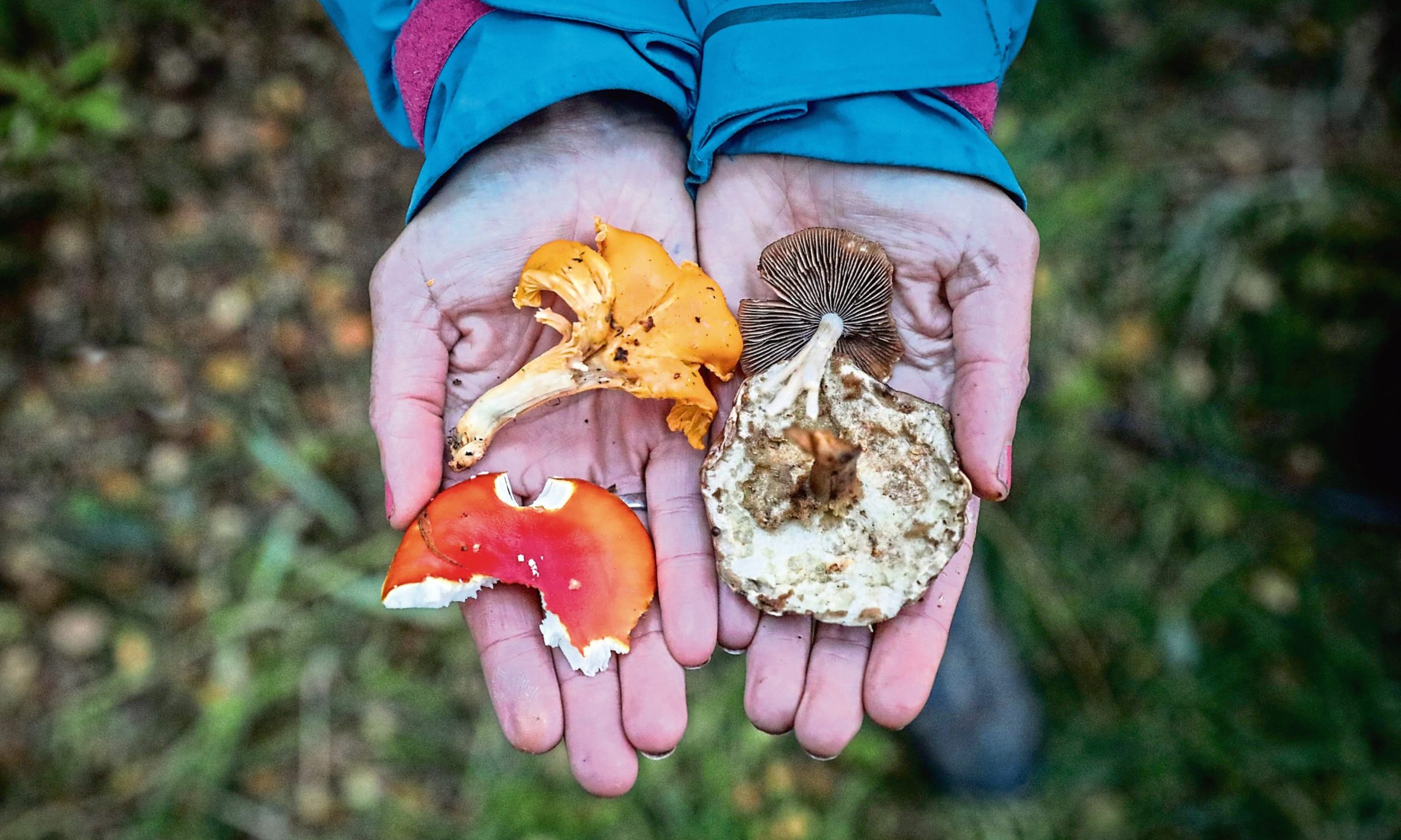
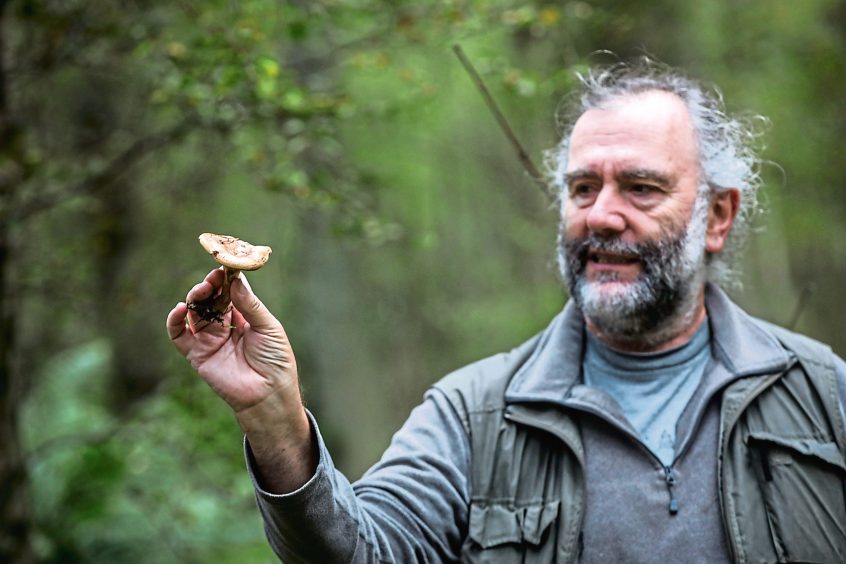

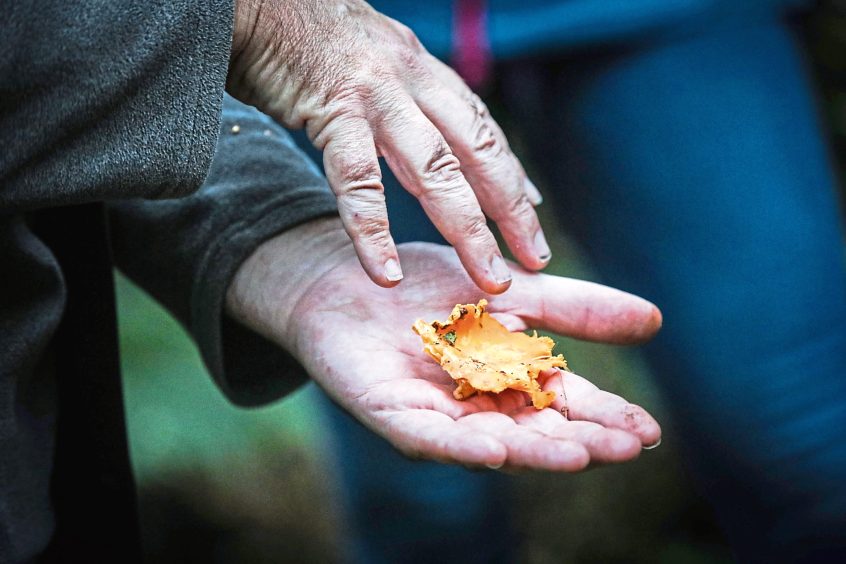
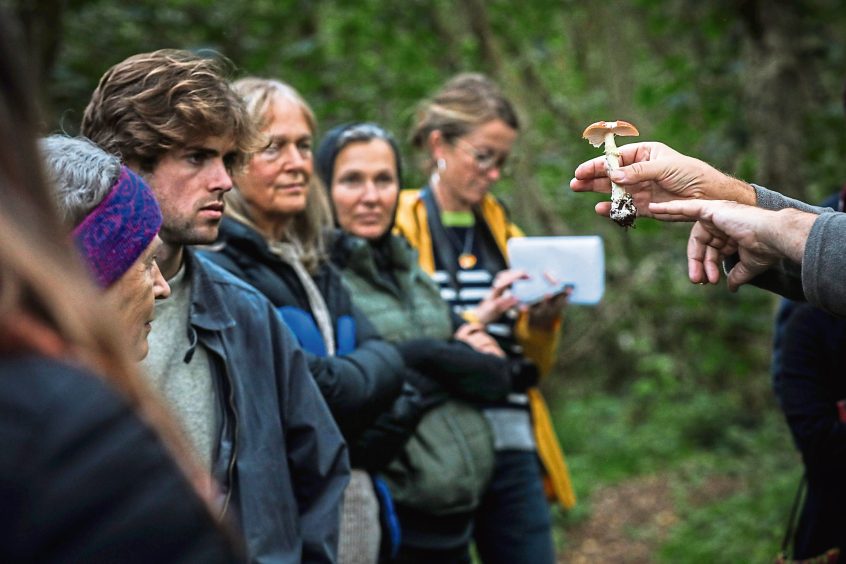

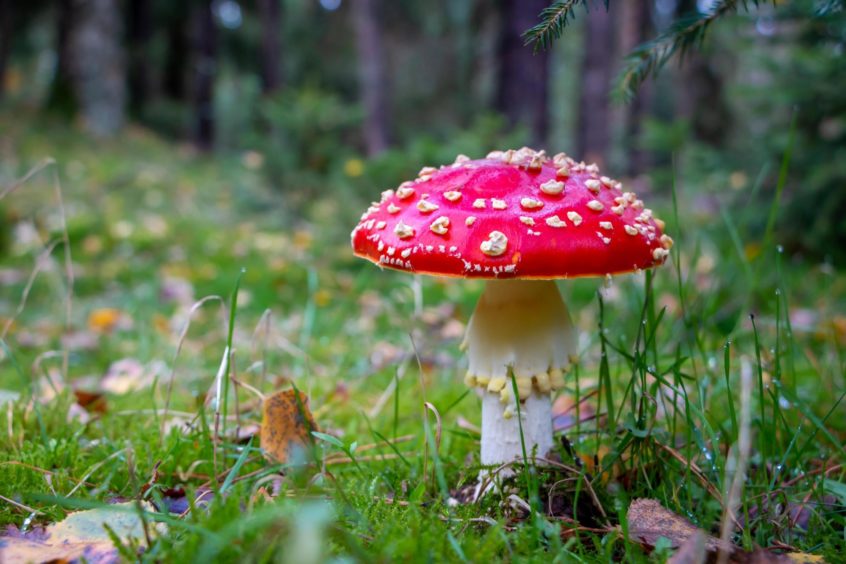
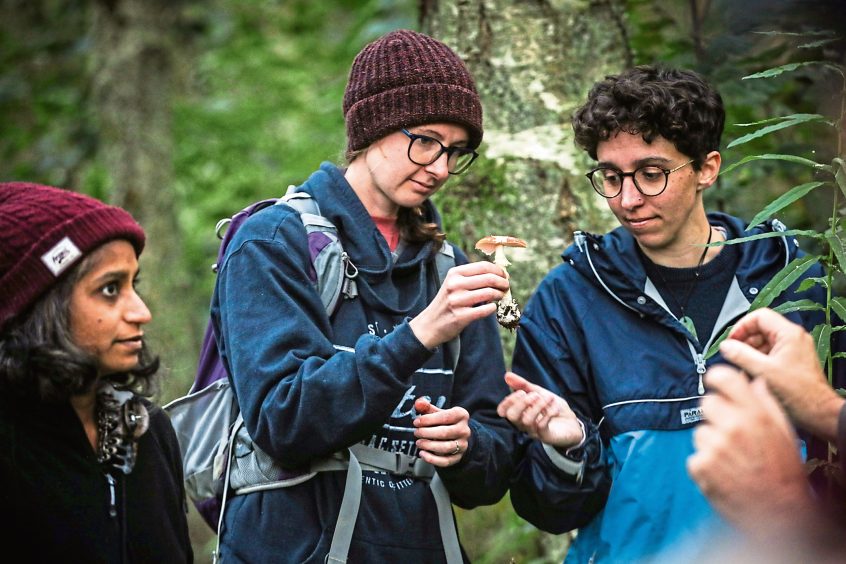

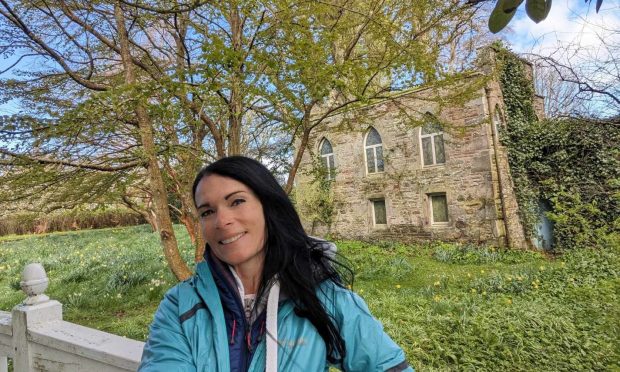









Conversation